Grid Studio turns the best retro gadgets into awesome wall art: the perfect tech gift
Gadgets of old - memorialized in the best possible way
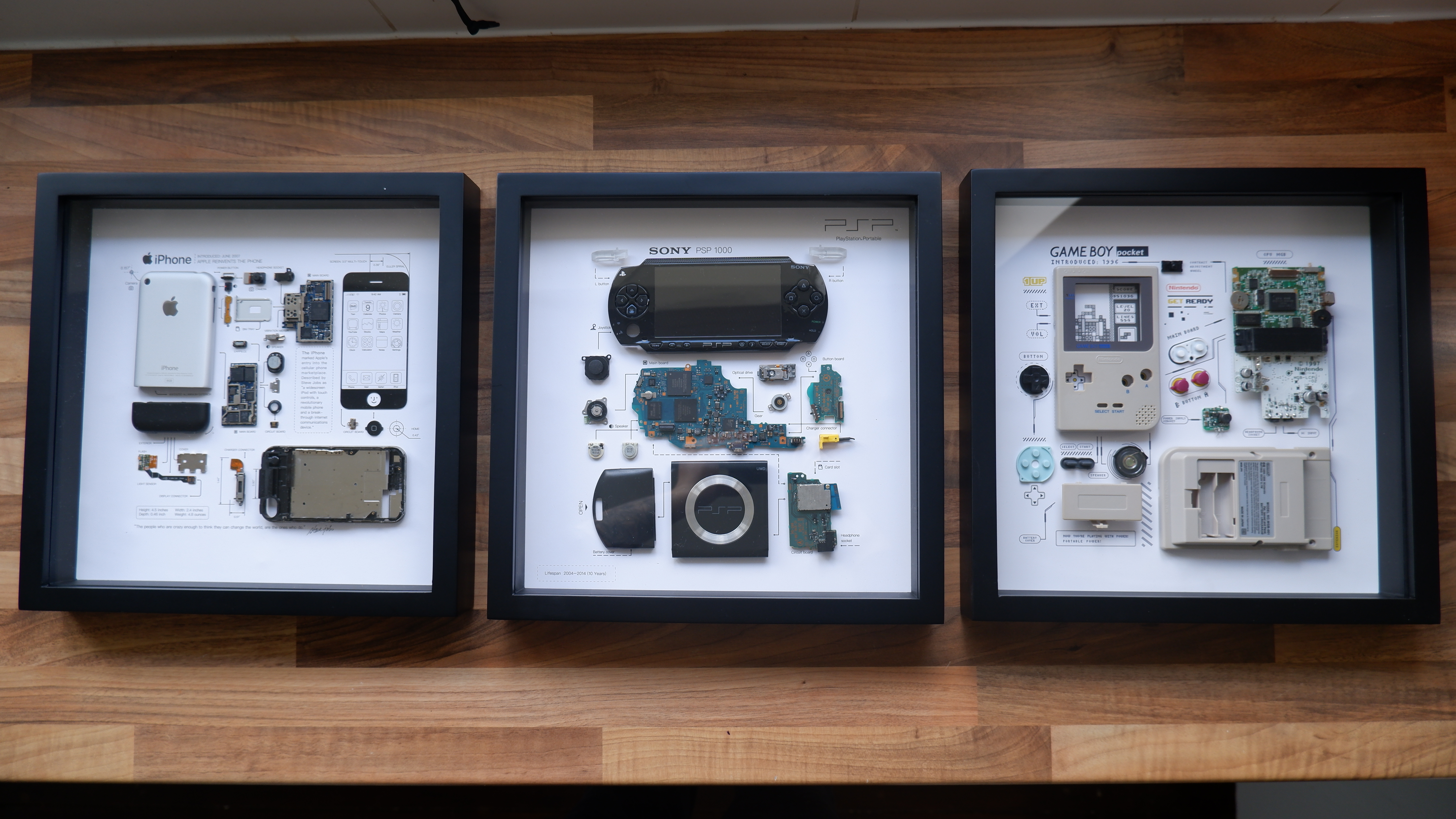
Old gadgets are gorgeous and Grid Studio is the best way to show that off.
The designs, the circuitry, the components. Every part combines to tell a fascinating story of the gadgets gone past and forms another stop on the map you can track up to see just how far we’ve come.
Like the company’s motto says: "Every Classic Deserves To Be Framed!" That is absolutely the case with old gadgets and Grid Studio is one of the best in the business. I got my hands on three frames of three of my favourite pieces of old tech, and I talked to Joe: the industrial designer and artist behind this venture.
Who is Grid Studio?
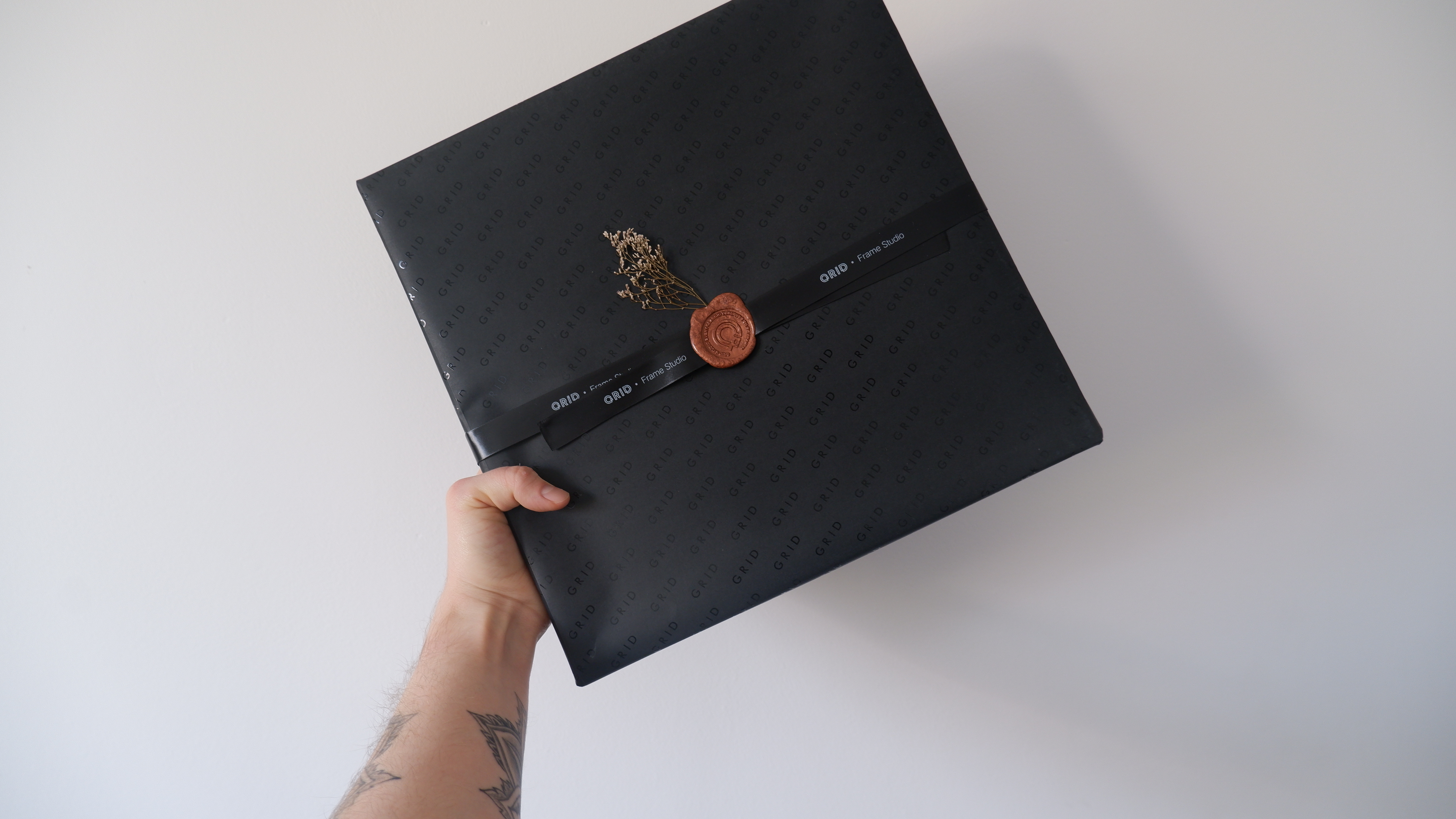
You may have seen frames with disassembled gadgets on the walls of your favourite tech YouTubers, and chances are pretty much all of them came from Grid Studio — a company that has been selling these frames since 2020.
We spoke to Joe, industrial designer and one of three co-founders about this venture to create one of the best gifts you could buy for any gadget nerd.
“Grid Studio started as a hobby and its birth was completely accidental. One of our partners had the whim, after taking apart his equipment, hand-painting and gluing the parts on paper, and he finally made an amazing piece of art!” Joe reminisced.
“At first, this was just a hobby, but we thought it should be shared with more people who also love this, so that's when we started our business.”
Sign up to receive The Snapshot, a free special dispatch from Laptop Mag, in your inbox.

And of course, the story writes itself: a lot of influencer attention and plenty of gadget geeks such as myself getting a visual excuse to look back on the tech we used with fondness. But we see the beautiful end result only. What’s it like behind the scenes, to get the parts and build these?
“Our devices are collected from dealers, repairers or some retro collector, it's an interesting experience, especially with old devices like iPhone 2G, it always takes a lot of time to search.”
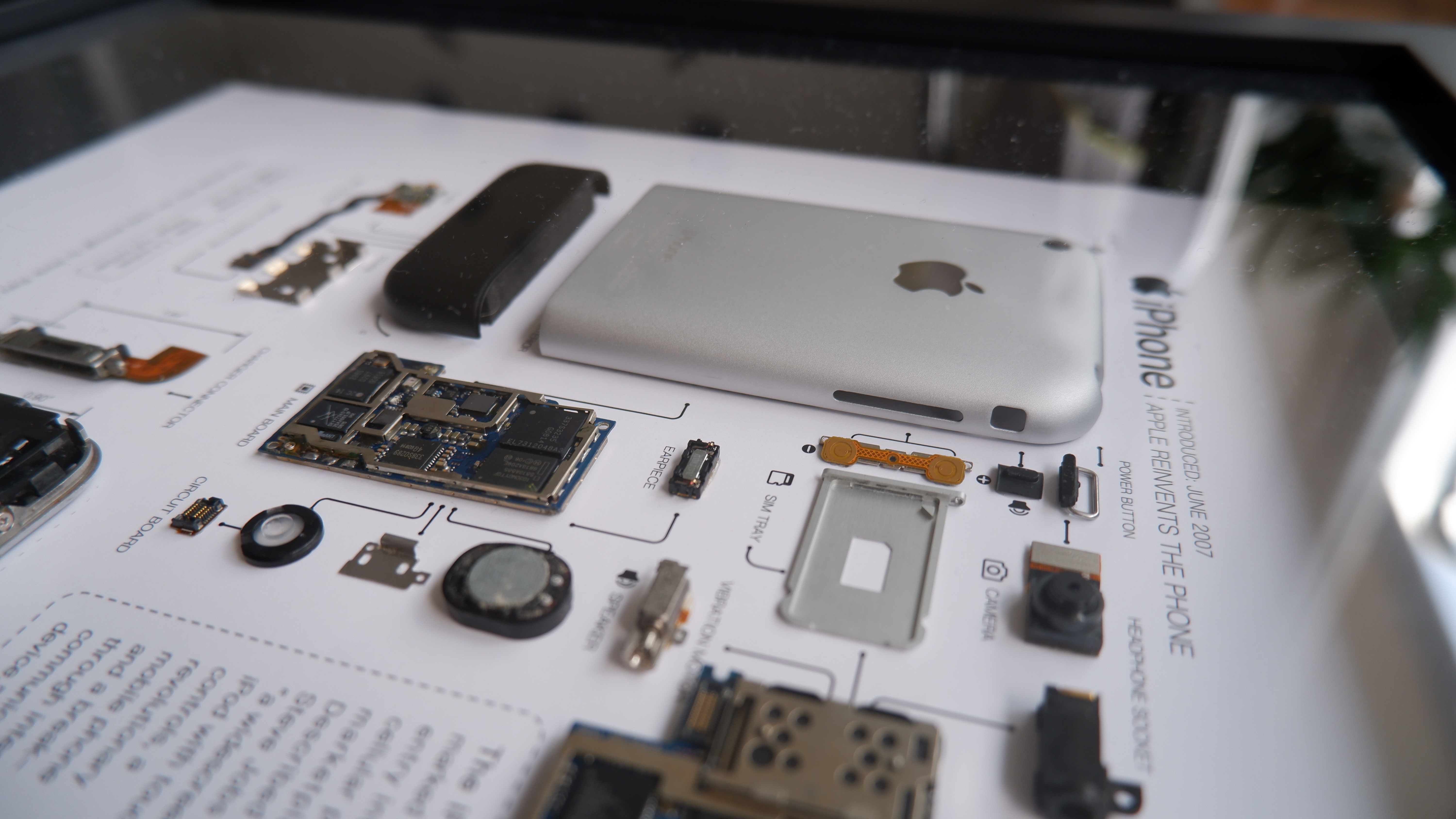
You notice this in the scarce availability of these frames and the ever-increasing prices. These parts are becoming harder to find the older the gadget is, meaning a more costly production. And as for the future, Joe is clear about where Grid Studio wants to head next.
“Currently we are obsessed with game controllers, we plan to work on Xbox, PS series, Switch series, NES and other devices.” This is already well underway with the launch of a Dualshock 4 frame, so look forward to more controllers getting the same treatment soon.
The first iPhone: An iPod, a phone and an internet communicator

Yes, there were smartphones before this. There were even models with touchscreens too, but none started a revolution quite like the original iPhone. Seeing the parts laid bare in the GRID 1 frame like this demonstrates just how far technology has come to the iPhone 13 Pro I have right now.
From the 3.5-inch TFT display with a 320x480 resolution and a 412 MHz ARM processor, to the 2MP camera that looks like a dot compared to the larger sensors we’re used to today, this was the beginning of a revolution in what we’re able to do on the go.

Back at that time, I worked in a phone shop and the focus of any contract bought was minutes and texts. Nobody ever cared about the amount of data, because the idea of Wireless Application Protocol networking (WAP for short: exactly what Cardi B’s song was about) was just widely ignored. The Motorola RAZR had a web browser button that nobody pressed.
However, that all changed with the iPhone, and now that I write about the best phone deals, the focus is always on how much data you get. This was a “leapfrog product” as Steve Jobs called it on stage in 2007.
Game Boy Pocket: Tetris, but smaller
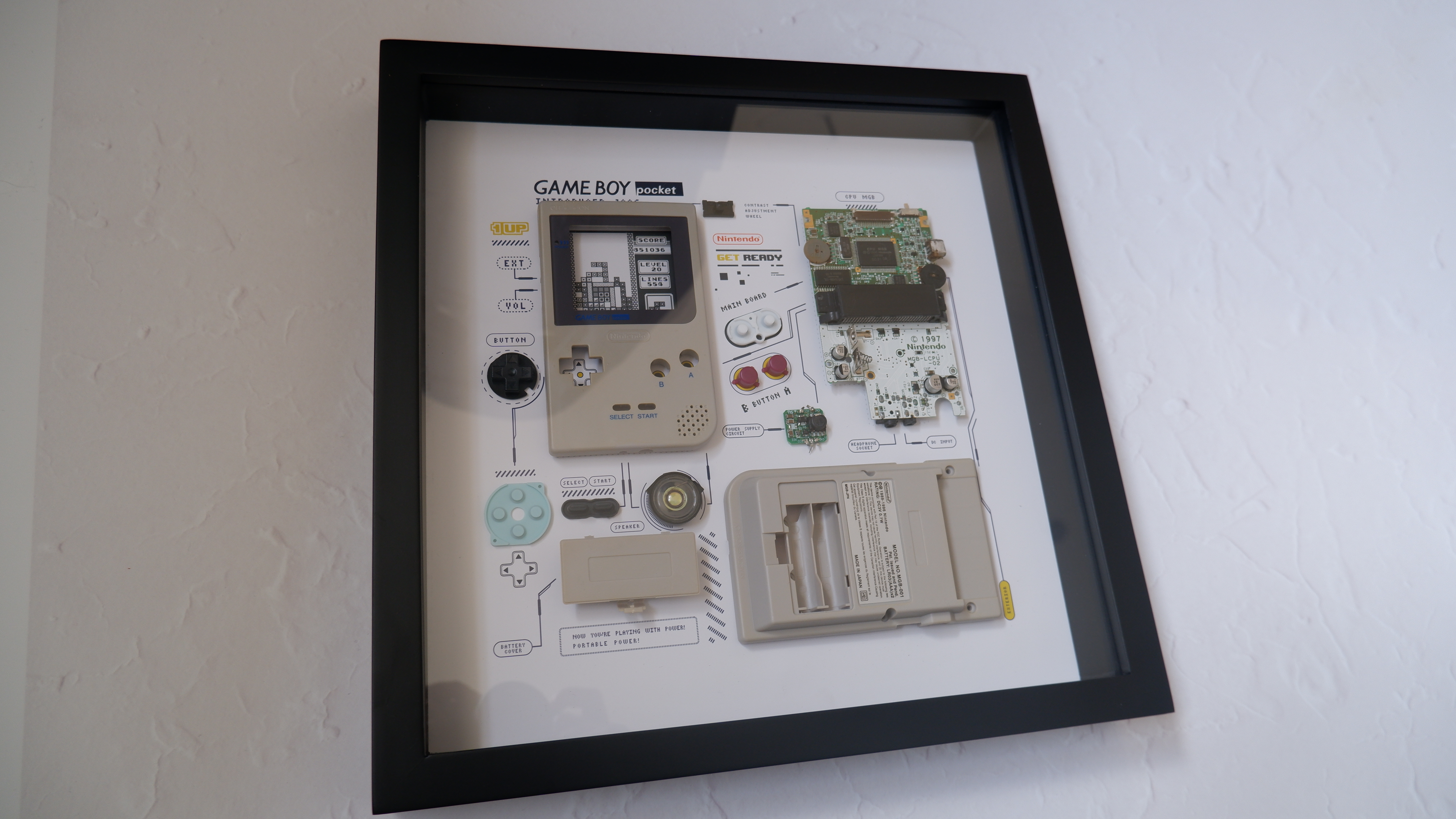
The Game Boy walked so the Game Boy Pocket could run. This far smaller iteration of Nintendo’s revolutionary portable gaming device packed the same 8-bit, 4.19 MHz processor, a 2.6-inch LCD screen with a 160 x 144 resolution (bigger than the original Game Boy) and stereo sound thanks to the 3.5mm headphone jack.
With the reduction in size came a dramatic reduction in battery life, from the 30-hour rating of the standard Game Boy to 10 hours in the Pocket, as the smaller system supported 2x AAA batteries over the original’s 4x AA.
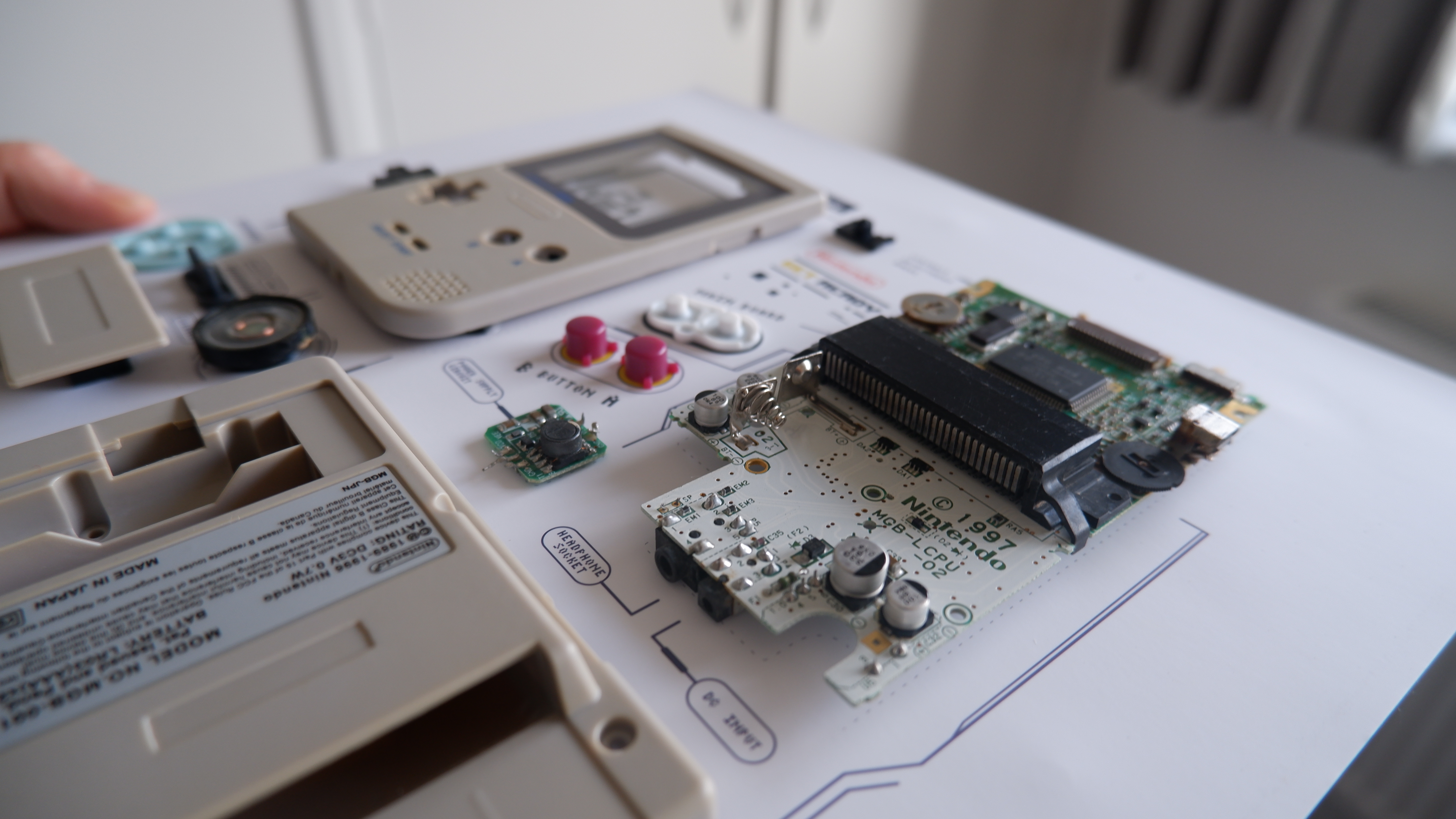
But that was a small price to pay for the sheer portability of this model. Of course, comparing it to the all-in-one gaming devices we have in beasty smartphones like the RedMagic 7, going from a 4 MHz 8-bit processor in 1996 to a 3 GHz Snapdragon 8 Gen 1 chipset, you can see how quickly silicon development has increased the pure power.
PSP: My favourite portable console

My first love in gaming was PlayStation. My mum got me the first console for my Birthday and from that very moment, I was smitten.
That doesn’t make me blind to the whole industry; but everyone has their own gaming stories related to the consoles they grew up with. For me, it was mostly a Sony console, which always led to a big question on the playground at my secondary school.
You saw all the kids with Game Boys, showing off the fact they can play games on the go. Would Sony give us a portable PlayStation? The answer, as you already know, was a resounding yes with the obviously named PlayStation Portable — namely the PSP 1000 for me.
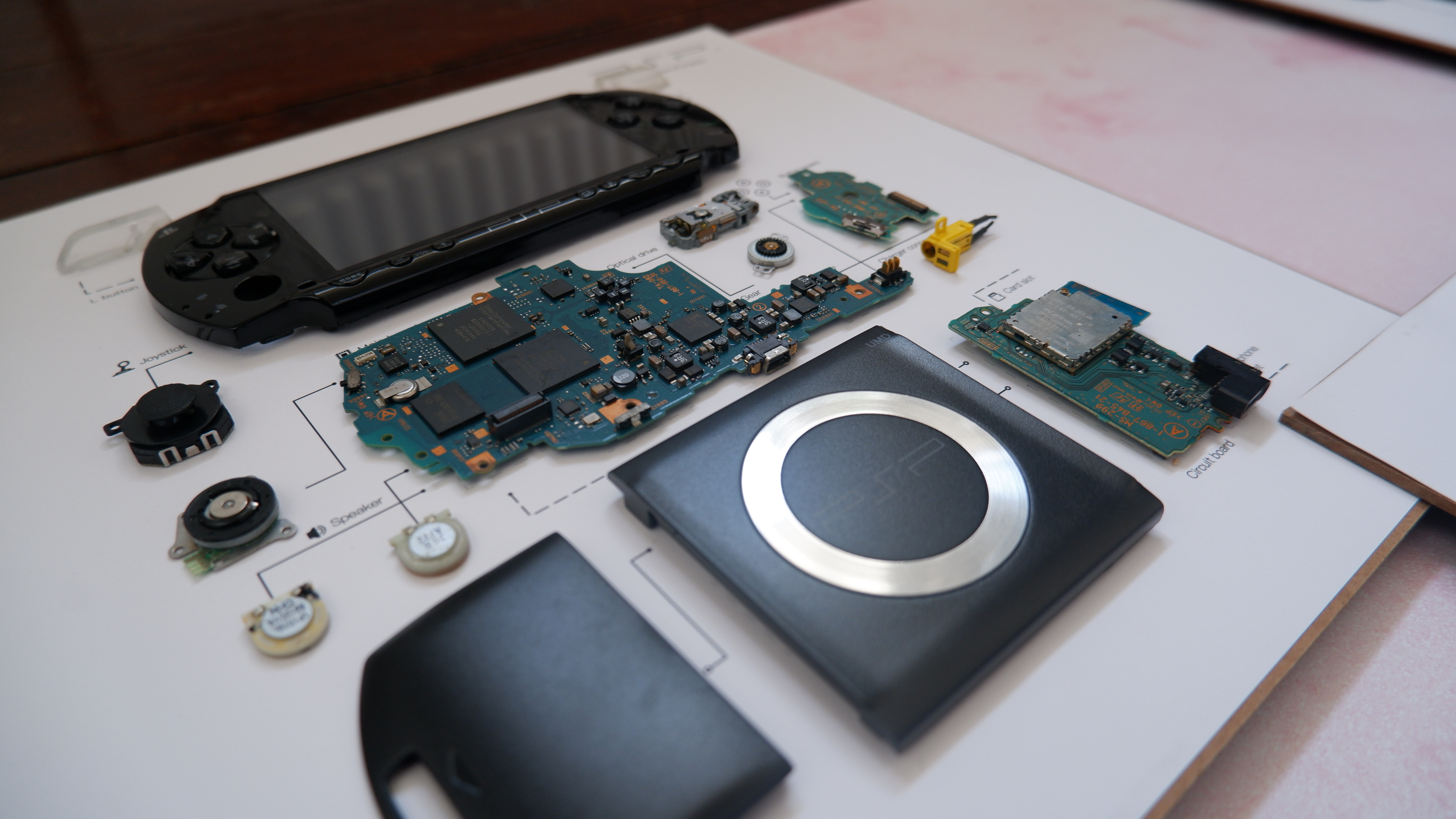
The 480 x 272 TFT display with 24-bit color is gorgeous, the 333 MHz MIPS R4000 CPU delivered plenty of power to run games at up to 60FPS, and the UMD media format is as fascinating to look at as it is precariously unreliable.
But the best bit? There were so many amazing games. They were not just straight PS2 game ports, but portable-tailored experiences that made the most of the format. I even continued to play on mine through to university as well — sacking off the likes of the Nintendo 3DS, to continue playing the likes of Metal Gear Acid, Patapon, Daxter, Loco Roco, SOCOM, Persona 3 and more.
For me, though, it ended in heartbreak — both for the loss of my PSP and the fact I left it at an ex-girlfriend’s house and made the terrible decision that requesting it back would cause more harm than good.
Bottom Line

As I alluded to earlier, Grid Studio frames do not come cheap. With the ever dwindling supply of official parts for these gadgets of yesteryear, the costs reflect this intense task of searching for supply that happens behind the scenes of every frame.
Right now, the GRID 1 original iPhone frame comes in at $399 after a steep $200 discount, with stock set to drop at 7am PT on February 28. The PSP1000 frame is $50 off — down to $179, and the Game Boy Pocket is $10 more at $189 after a $40 saving.
But for that cost, you’re getting something that is uniquely timeless: a visually stunning flashback to your childhood gadgetry that will catch your eye while working and force a smile upon your face.

Jason brought a decade of tech and gaming journalism experience to his role as a writer at Laptop Mag, and he is now the Managing Editor of Computing at Tom's Guide. He takes a particular interest in writing articles and creating videos about laptops, headphones and games. He has previously written for Kotaku, Stuff and BBC Science Focus. In his spare time, you'll find Jason looking for good dogs to pet or thinking about eating pizza if he isn't already.
